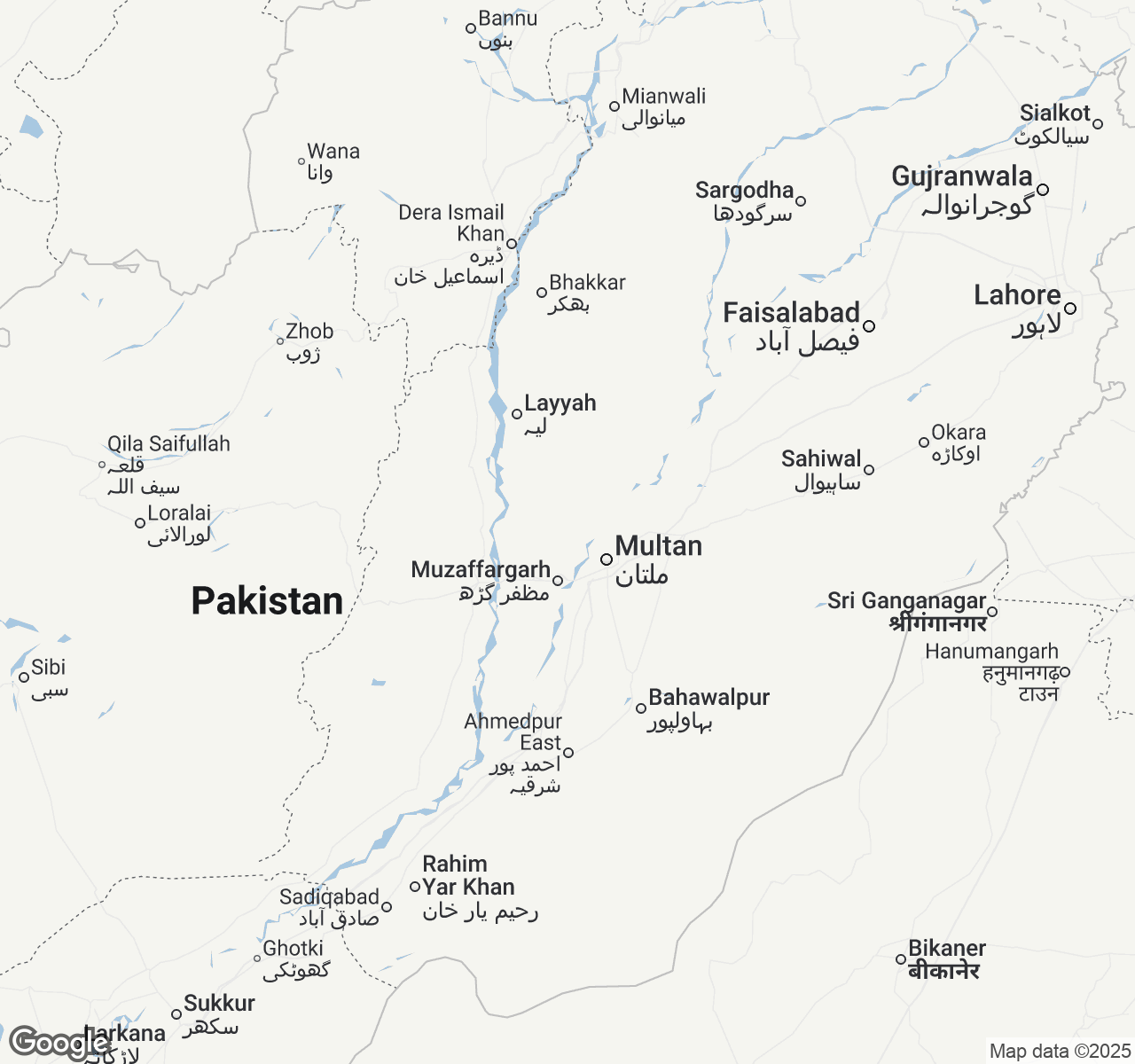
Things to Do in Pakistan
Discover the best of Pakistan
Plan Your Trip
Essential guides for timing and budgeting
Top Things to Do in Pakistan
Discover the best activities and experiences. Book now with our trusted partners and enjoy hassle-free adventures.
Your Guide to Pakistan
About Pakistan
Pakistan unfolds like an ancient tapestry woven with threads of towering peaks, mystic valleys, and timeless traditions. From the snow-crowned giants of the Karakoram range to the golden dunes of the Thar Desert, this land pulses with raw, untamed beauty that stirs the soul. Here, the call to prayer echoes through bustling bazaars where the aroma of cardamom and rose water mingles with centuries-old stories. The warmth of Pakistani hospitality is legendary—strangers become family over cups of chai, and every meal is a celebration of friendship. Adventure seekers find great destination in the world's second-highest peak, K2, while culture enthusiasts lose themselves in the intricate artistry of Lahore's Mughal architecture. Pakistan is where ancient Silk Road caravans once rested, where Sufi poetry still flows like honey, and where every sunset over the Indus River whispers tales of empires risen and fallen, leaving behind a heritage as rich and complex as the land itself.
Travel Tips
Transportation: Use ride-hailing apps like Careem and Uber in major cities for safety and fair pricing. For long distances, book Daewoo or Faisal Movers buses online—they're reliable and comfortable. Avoid local transport during rush hours (7-9 AM, 5-7 PM).
Money: Pakistani Rupee (PKR) is the currency. ATMs are widely available in cities but scarce in remote areas—carry cash for northern regions. Haggling is expected in bazaars; start at 50% of quoted price. USD accepted at some hotels.
Cultural Respect: Dress modestly, especially at religious sites—cover shoulders and knees. Remove shoes before entering mosques. During Ramadan (dates vary), avoid eating/drinking publicly during daylight. Friday prayers (12-2 PM) close many businesses temporarily.
Food Safety: Stick to bottled water and avoid ice in drinks. Street food is generally safe at busy stalls with high turnover. Try local specialties like biryani, karahi, and lassi. Vegetarians should specify 'no meat/chicken' as 'vegetarian' may include chicken.
When to Visit
Pakistan's diverse climate varies dramatically by region and elevation.Spring (March-May)offers ideal conditions nationwide with temperatures ranging 20-30°C in plains and 10-20°C in mountains. Cherry blossoms bloom in Hunza Valley, making it peak season with prices 40% higher.Summer (June-August)brings scorching heat to plains (35-45°C) but perfect trekking weather in northern mountains (15-25°C). Monsoon rains affect eastern regions with 200-400mm rainfall.Autumn (September-November)provides excellent weather everywhere—plains cool to 25-35°C while mountains remain accessible with 10-20°C temperatures. This is harvest season with golden landscapes and 20% lower prices than spring.Winter (December-February)sees plains temperatures drop to 5-20°C, perfect for exploring cities and deserts, while northern areas become snow-bound and inaccessible. Accommodation costs drop 50% during winter.Major festivals:Eid ul-Fitr (April 2024), Eid ul-Adha (June 2024), Pakistan Day (March 23), Independence Day (August 14).Best for:Adventure travelers should visit April-May or September-October; budget travelers prefer November-February; cultural enthusiasts enjoy the comfortable spring and autumn months.

Pakistan location map